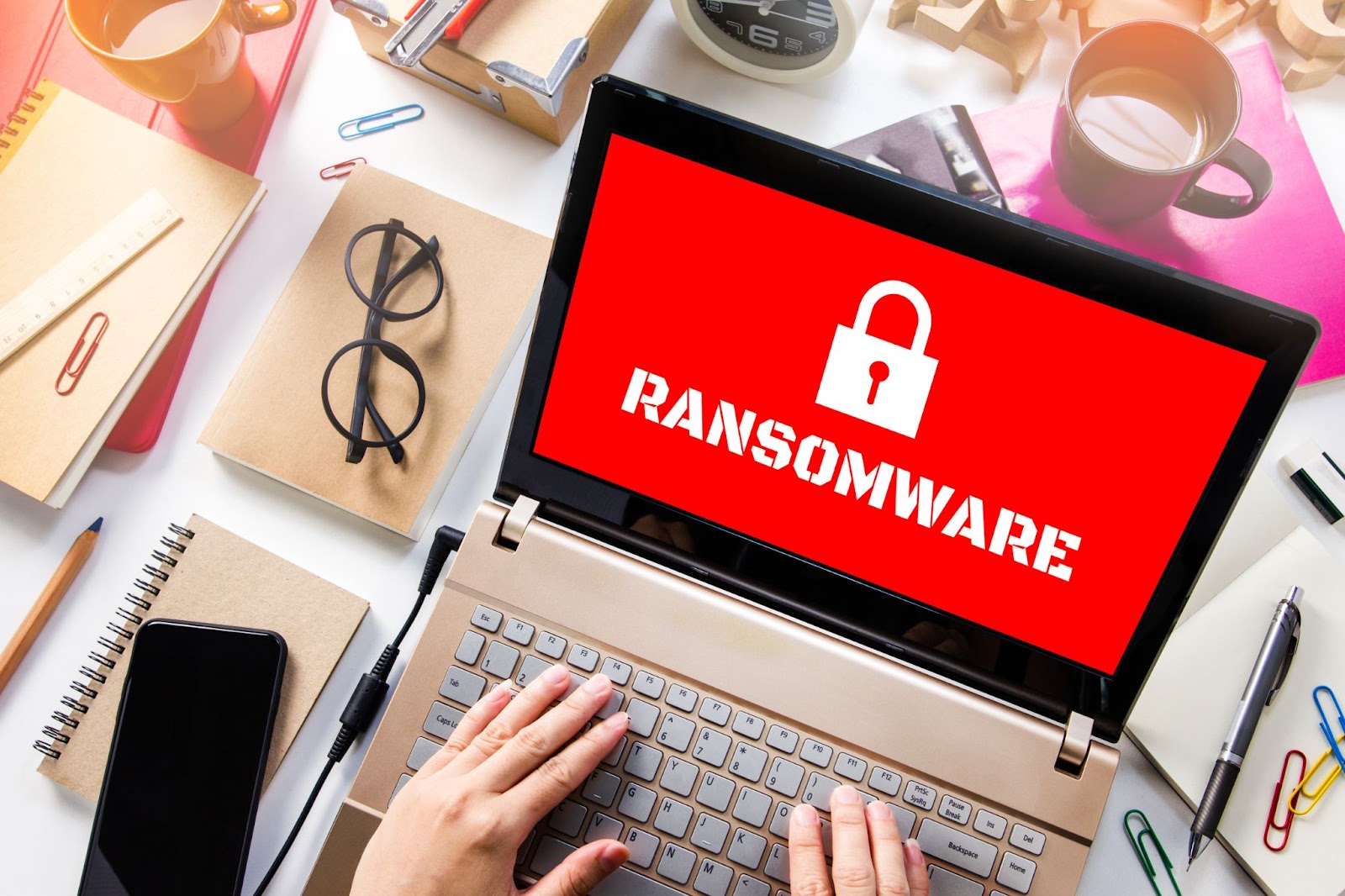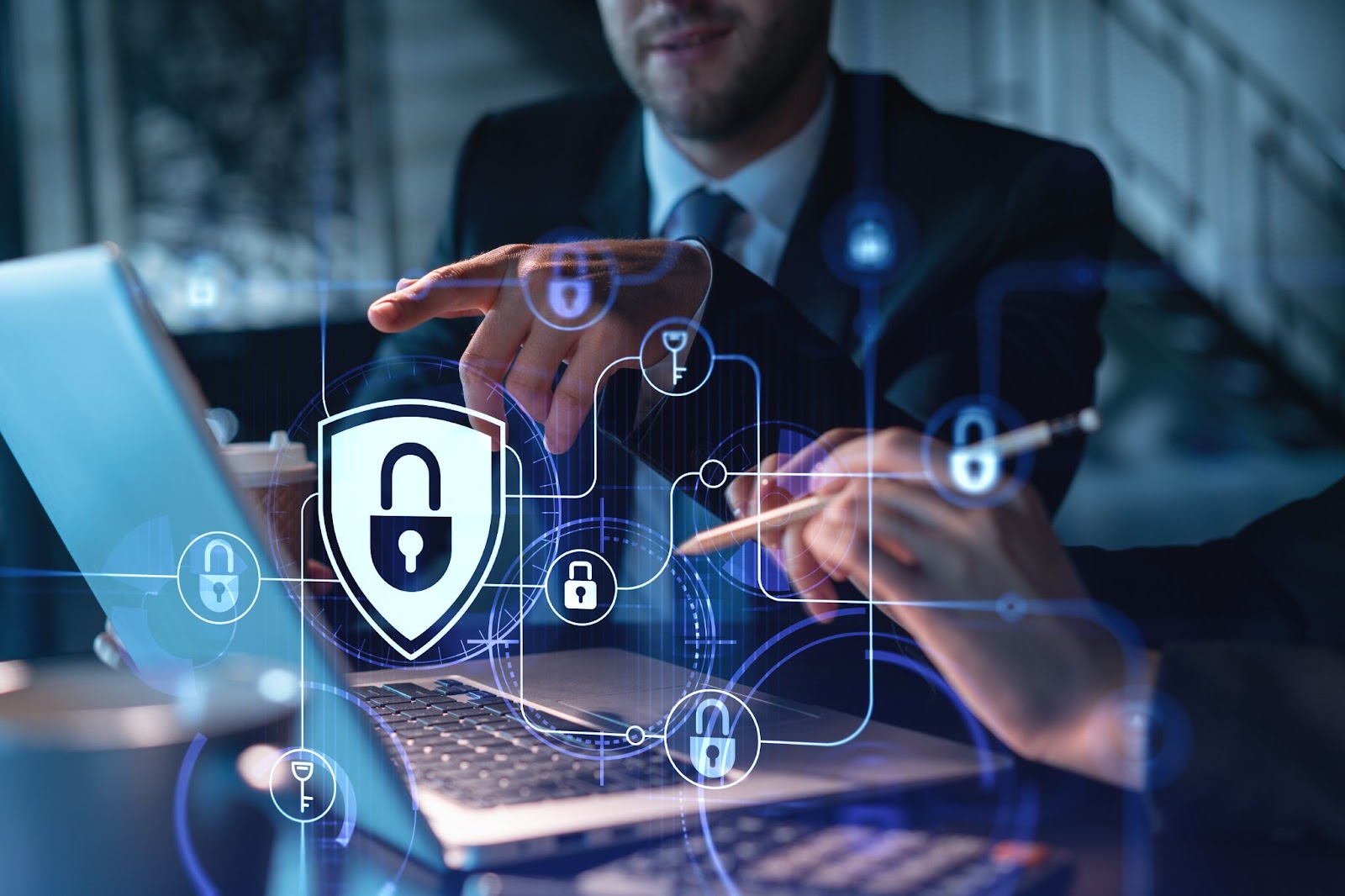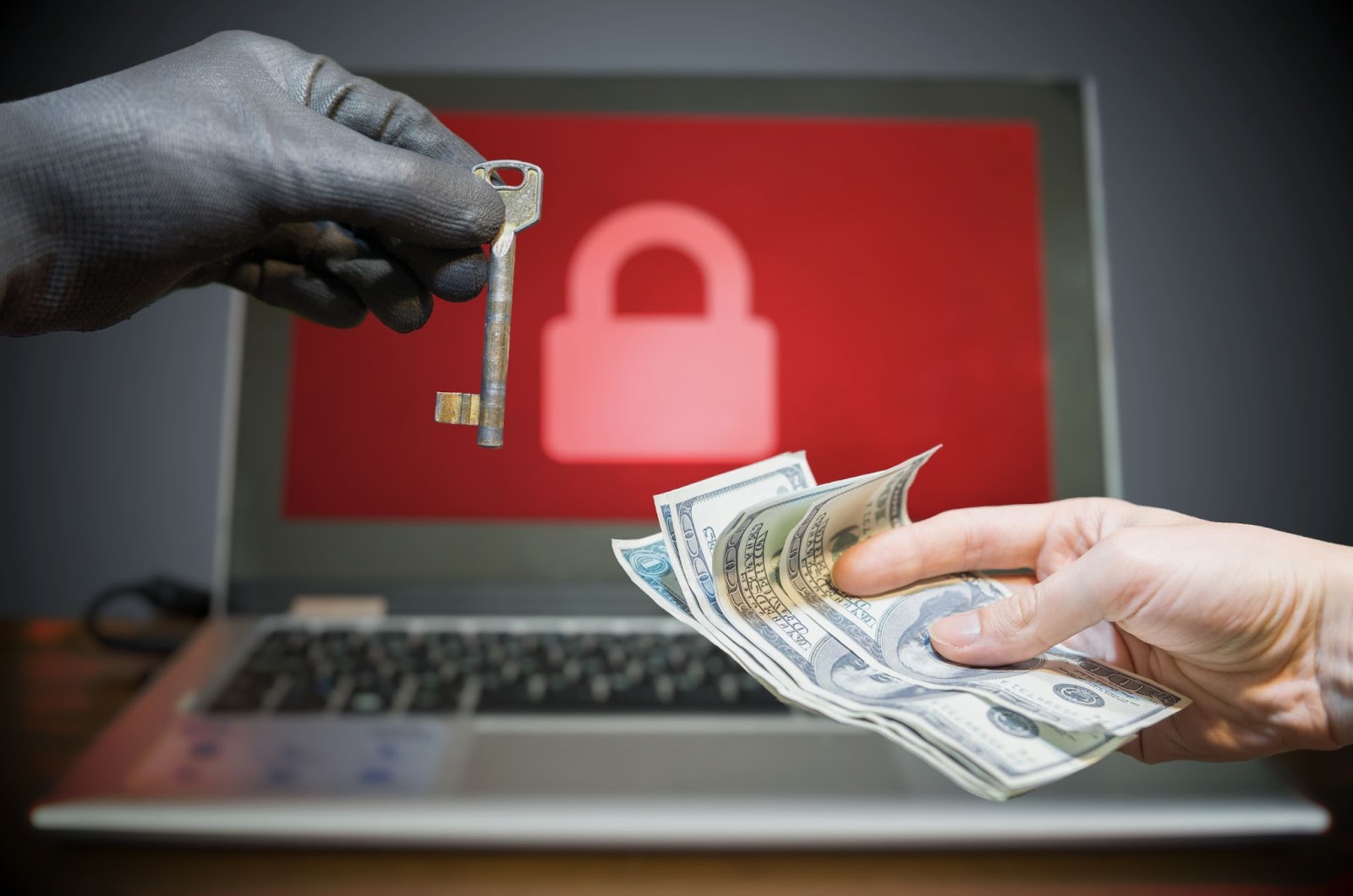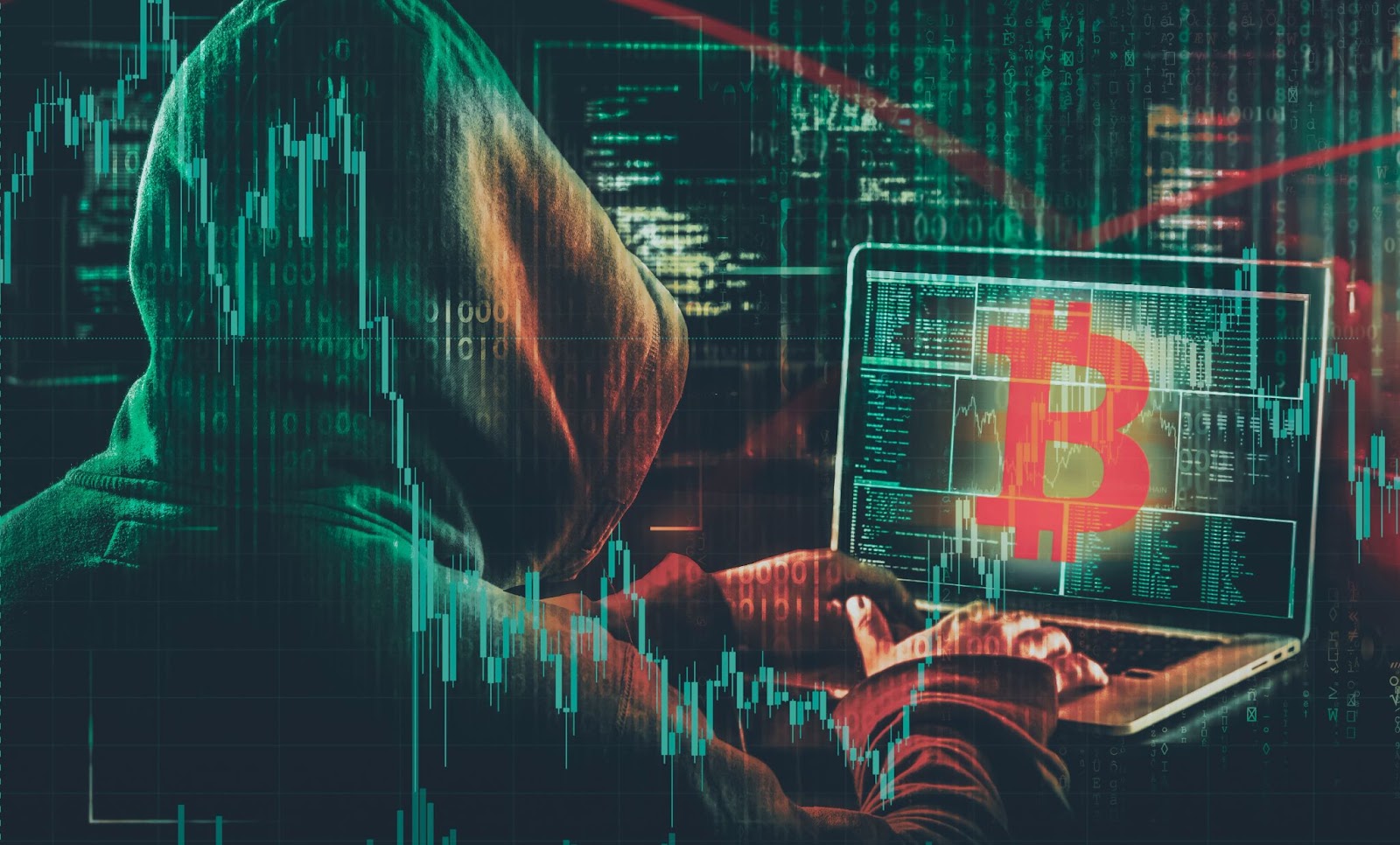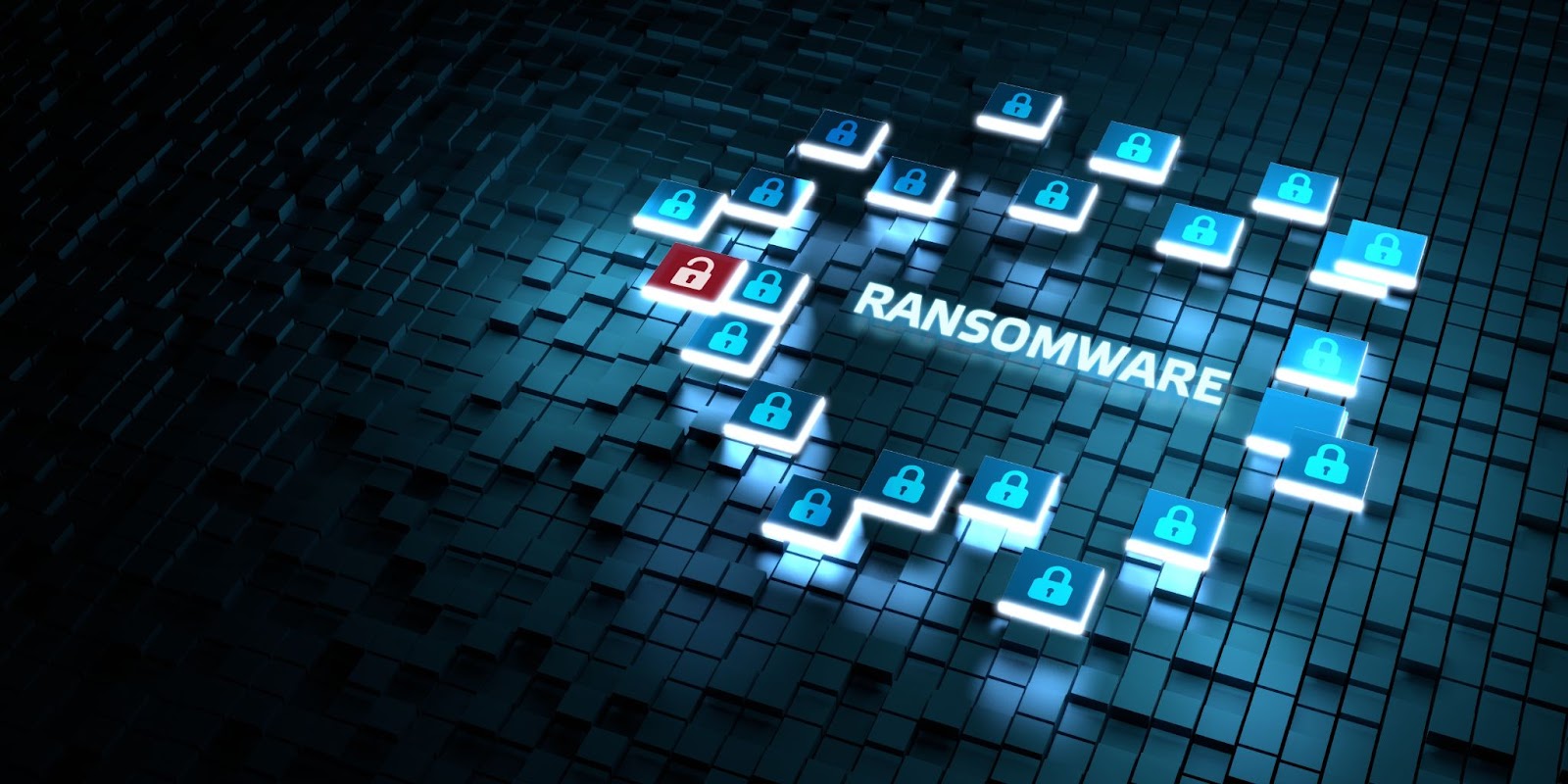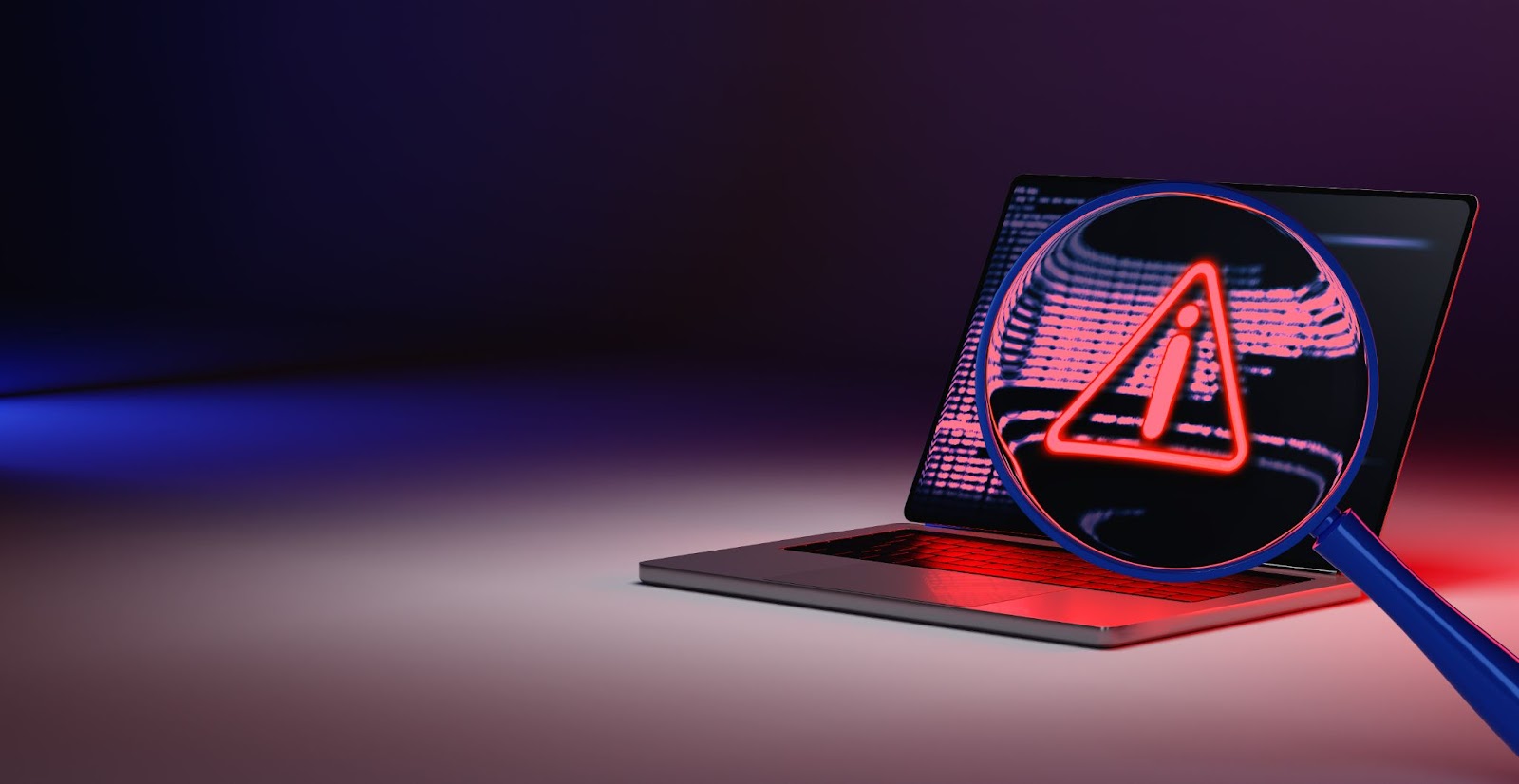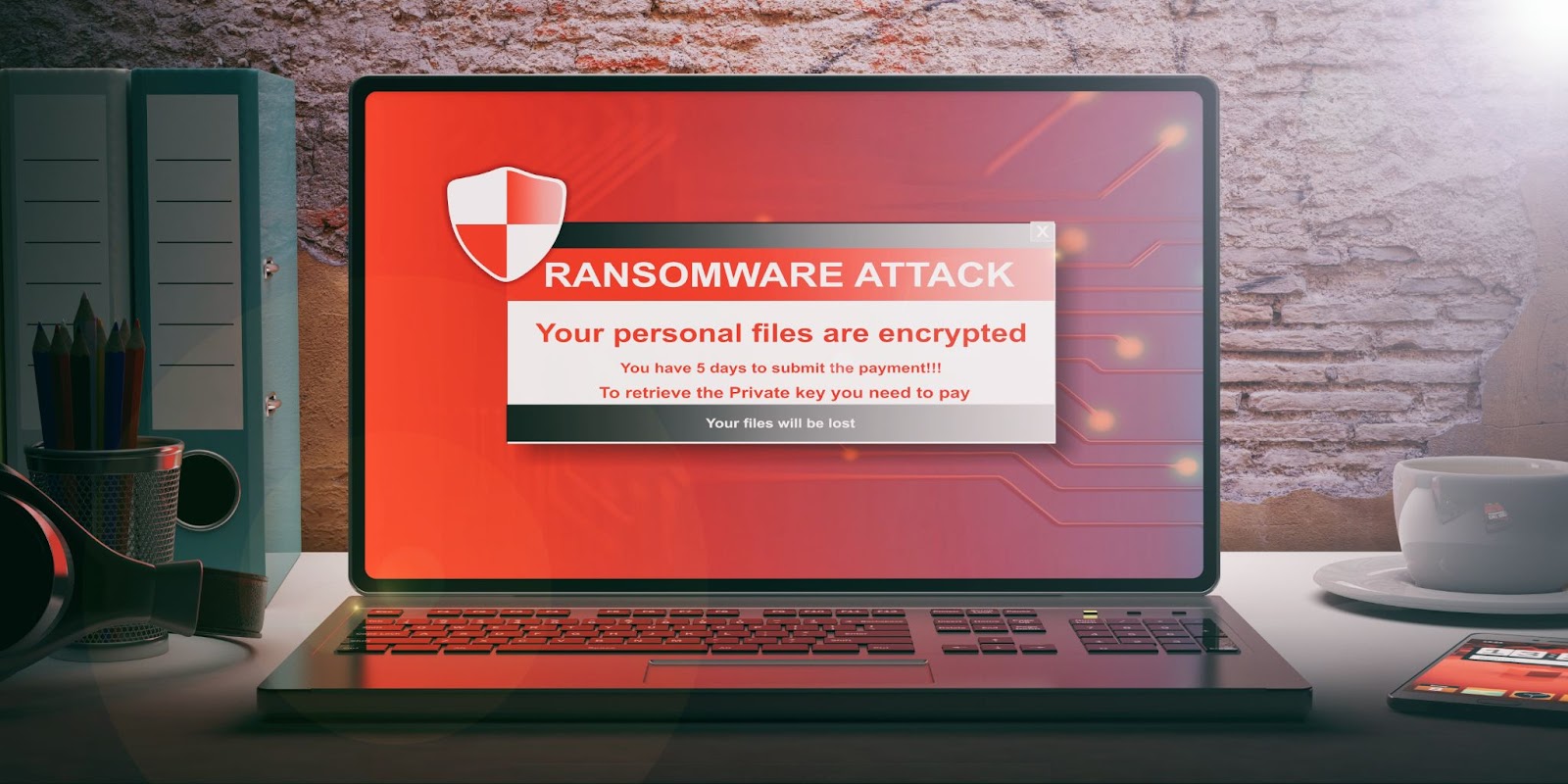Ransomware attacks have become a significant threat to businesses and individuals alike. Recovering from such attacks requires a well-structured plan and the right tools. In this article, we will explore the essential steps for successful ransomware recovery, including ransomware data recovery.
By following these guidelines, you can restore your systems and data efficiently and minimize the impact of such attacks.
Ransomware Defined
Ransomware is a malicious software that encrypts or locks files on a victim’s computer or network, rendering them inaccessible until a ransom is paid. Attackers exploit vulnerabilities in systems or employ social engineering techniques, such as phishing emails or malicious downloads, to gain unauthorized access. Once infected, victims face the difficult decision of paying the ransom or attempting to recover their data through other means.
The Rising Trend of Ransomware
Attacks have witnessed an alarming increase in frequency and sophistication. This growing trend can be attributed to several factors:
1. Lucrative Returns: Ransomware attacks generate substantial profits for cybercriminals. The ease of conducting these attacks and the potential for victims to pay the ransom fuels the motivation for attackers to continue their malicious activities.
2. Targeting Vulnerable Sectors: Cybercriminals often target sectors that are more likely to pay the ransom or have critical infrastructure that can be held hostage. Industries such as healthcare, finance, and government have experienced high-profile ransomware attacks due to the valuable nature
of their data.
3. Advanced Techniques: Attackers continuously refine their techniques to exploit vulnerabilities in software, networks, and human behavior. The use of advanced encryption algorithms, anonymizing technologies, and decentralized infrastructure makes it challenging for law enforcement agencies to trace and apprehend the perpetrators.
4. Ransomware-as-a-Service (RaaS): The emergence of Ransomware-as-a-Service has democratized ransomware attacks. In this model, cybercriminals provide ransomware toolkits and platforms to less technically skilled individuals, enabling them to execute attacks in exchange for a share of the profits. This has led to a proliferation of ransomware campaigns worldwide.
Ransomware Recovery Guide
Assess the Situation
When facing a ransomware attack, it’s crucial to assess the situation promptly. By understanding the scope of the attack and the type of ransomware involved, you can better strategize your recovery efforts.
• Identify the affected systems and the extent of the ransomware attack.
• Determine the type of ransomware involved to better understand its behavior and potential vulnerabilities.
Isolate Infected Systems
To prevent further spread and damage, isolating infected systems is a vital step in the recovery process. By disconnecting compromised devices from the network and disabling remote access, you can contain the attack and protect unaffected systems.
• Disconnect infected devices from the network to prevent the further spread of ransomware.
• Disable any remote access to compromised systems to contain the attack.
Report the Incident
Reporting the ransomware incident serves multiple purposes. It enables appropriate authorities and law enforcement agencies to take necessary action and helps in potential investigation efforts. Make sure to document all the crucial details, including any ransom demands.
• Notify the appropriate authorities and law enforcement agencies about the ransomware incident.
• Document the attack details, including any ransom demands, for potential investigation purposes.
Ransomware Data Recovery: Restore from Backups
Recovering your valuable data is a top priority during ransomware recovery. Having secure and up-to-date backups plays a vital role in successful data restoration.
• Identify and verify the integrity of your recent backup files.
• Use secure and offline backups to avoid overwriting or infecting existing backup data.
• Restore clean backup files to recover your systems and data.
Engage Professional Assistance
In complex ransomware cases, seeking professional assistance can significantly aid in the recovery process. Cybersecurity experts with specialized knowledge in ransomware recovery can provide guidance, advanced tools, and expertise to facilitate efficient data retrieval.
Consult with experienced cybersecurity professionals who specialize in ransomware recovery. They can provide expert guidance and advanced tools to facilitate the recovery process.
Preventing Future Attacks
Patch and Update Systems
Prevention is key when it comes to ransomware attacks. Strengthening your defenses by regularly patching and updating your systems is crucial to minimizing vulnerabilities. Keep your operating systems, applications, and security software up to date.Regularly apply security patches to address known vulnerabilities that attackers exploit.
Here are some best practices for patching and updating systems:
1. Implement a Patch Management System: Establish a robust patch management system that enables you to automate the process of identifying, testing, and deploying patches across your network. This ensures that critical updates are applied consistently and in a timely manner.
2. Prioritize Critical Patches: Not all patches are created equal. Some address critical vulnerabilities that pose a higher risk to your systems. Prioritize these patches and deploy them as soon as possible to mitigate the most significant threats.
3. Stay Informed: Stay abreast of the latest security updates and patches released by software vendors. Subscribe to their mailing lists, follow security blogs, and participate in relevant forums to stay informed about emerging vulnerabilities and the corresponding patches.
4. Test Before Deployment: Before deploying patches across your entire network, it’s essential to test them in a controlled environment. This helps ensure that the patches do not introduce compatibility issues or unintended consequences that could disrupt your systems.
5. Maintain a System Inventory: Maintaining an up-to-date inventory of all software and hardware assets in your network allows you to track which systems require patching. This inventory also helps in identifying legacy systems that may no longer receive official updates, requiring alternative security measures.
6. Establish Change Management Procedures: Develop clear change management procedures to govern the patching process. This ensures that patches are systematically tested, documented, and deployed, minimizing the risk of errors or inconsistencies.
Enhance Security Measures
To fortify your defenses against future ransomware attacks, implement robust security measures across your network. By combining various security solutions, you can create layers of protection.
• Implement robust antivirus and anti-malware solutions across your network. SUPERAntiSpyware™ has helped millions of users protect their valuable digital assets. Our AI-Powered engine searches a database of over one billion known threats to keep you protected. Try risk-free today!
• Utilize firewalls, intrusion detection systems (IDS), and intrusion prevention systems (IPS) to fortify your defenses.
• Practice the principle of least privilege – Consider limiting user or system access rights to only the minimum level necessary to perform authorized tasks or functions. According to this principle, users should only have the privileges required to carry out their specific job responsibilities and no more.
Conclusion
Ransomware attacks can disrupt operations and compromise critical data. By following these essential steps for effective ransomware recovery and prioritizing ransomware data recovery, you can minimize the impact of such attacks. Remember, prevention is key, so implement robust security measures, maintain up-to-date backups, and educate your team to stay one step ahead of ransomware threats. Safeguarding your systems and data is paramount in today’s digital landscape.
Don’t wait until you’re the next victim of ransomware. Download SUPERAntiSpyware™ today.


